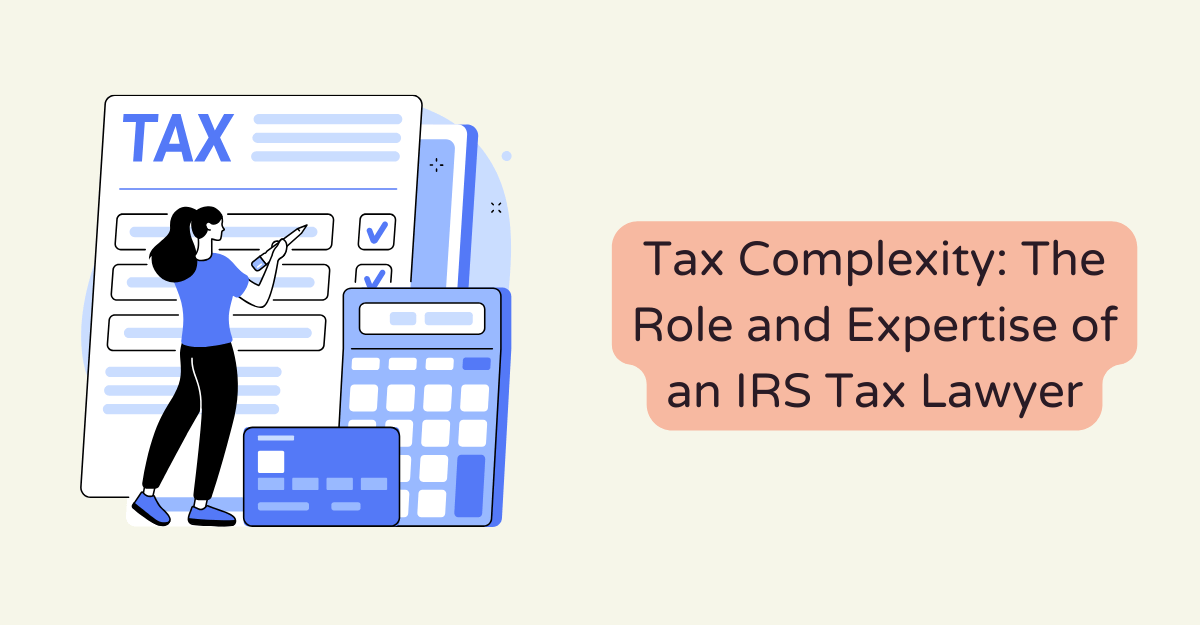Education
How to Navigate an Abandoned Rental Property
Published
2 months agoon

How to Navigate an Abandoned Rental Property
Have you noticed that your tenants are missing in action? Do you have concerns about unaddressed maintenance issues on your property? Determining what to do when a tenant suddenly leaves without notice can be tricky. However, to avoid calling your attorney to bail you out of legal trouble, you should stick around till the end. This article highlights how to navigate an abandoned rental property.
From signs of abandoned property to its legal Implications, this guide explores the proper steps to take when your renters disappear. We’ll also cover what provisions you can add to your lease agreement to protect landlords from tenant abandonment. Let’s dive in:
When is a Rental Property Considered Abandoned
It’s not uncommon for tenants to travel, leaving the property vacant. However, how do you tell the difference between an extended vacation and abandonment? Here are a few signals:
Extended Absence without Communication
An extended absence is one of the most common telltale signs of an abandoned rental. While many reasons might require tenants to leave for an extended period, doing so without communication should raise a red flag. Although tenants don’t need to notify landlords of their whereabouts, they should inform the property owner if they plan to leave for a long time. Thus, a lack of response to attempts of contact or failure to pay rent may indicate abandonment.
Unattended Maintenance Issues
Neglecting to address or report maintenance issues is another sign your tenants have vacated the property. Hence, if you notice such problems are left unattended for a significant duration, it often signals that renters have most likely abandoned the apartment. After all, unresolved maintenance problems such as leaks, pests, or damages would inconvenience any tenant living on the premises. If left unattended, such issues could escalate, damaging the property and reducing its market value. That’s why landlords need to perform routine inspections. Bay Property Management Group of Northern Virginia can assist with the required documentation so you can give tenants ample notice of these scheduled maintenance and avoid lawsuits.
Failure to Retrieve Belongings
Leaving personal property behind could indicate that a tenant has plans to return soon. However, this isn’t always the case. Sometimes, renters leave their belongings behind with no intention of retrieving them. Similarly, accumulating mail letters and packages on their doorstep could hint at an indefinite departure.
Non-Occupancy and Non-Payment
The most clear-cut sign a tenant has abandoned a rental property is that they no longer live there and fail to pay rent. An extended absence coupled with non-payment for an extended period is a significant indicator that a renter has forfeited their tenancy.
Legal Implications for Landlords
Reclaiming your property after a tenant has left can be complicated. Here are the legal implications you should consider when a renter leaves without notice:
Liable for Damage
Landlords and tenants often share the responsibility of caring for a property. However, that’s impossible to do when your renter disappears. Thus, landlords must secure the rental and repair any maintenance issues.
Compliance with Local Laws
Despite having evidence of an abandoned tenant property, landlords must adhere to local laws when entering the house, removing belongings, and reclaiming the rental. Failure to follow legal procedures could lead to future lawsuits if the tenant resurfaces. Thus, it would be best to familiarize yourself with local regulations in your area.
Proper Notice and Documentation
Most states require landlords to formally contact their tenants when they suspect the property is abandoned. This notice allows the renters to communicate and make outstanding rental payments to preserve their tenancy. It also provides landlords with a paper trail to prevent messy legal battles in the future.
Tenant Possessions
Different states have rules on treating tenants’ possession after they’ve abandoned the landlord and the property. These laws often differ from property regarding renters who ended their tenancy or were evicted. Most jurisdictions give tenants still in town a window to remove their property, after which the landlord is no longer liable. However, it’s trickier with abandoned property and differs from one area to the next. In some states, the tenant’s belongings are at the property owner’s discretion, while others require that landlords contact local authorities to remove the items. Either way, it would be best to know and comply with whatever regulations apply to your rental.
Adding Provisions for Tenant Abandonment in a Lease Agreement
Navigating the intricacies of an abandoned property can take time and effort. That’s why real estate lawyers often recommend Adding Provisions for Tenant Abandonment in a Lease Agreement.
Notification Requirements
As a landlord, it’s essential to clearly outline your expectations for tenants in case of an extended absence. Specify the preferred mode of communication, the duration, and reasonable signs that will deem the property abandoned. Putting this clause in your lease ensures tenants are aware and agree before moving into the rental.
Abandonment Procedures
Beyond detailing the reasons to consider a property abandoned, outline the steps you’ll take in that event. Outline the timeframe for essential responses such as entering the property, removing tenant belongings, and re-renting the apartment. This provision helps avoid potential legal implications related to the handling of tenant property. However, ensure that the steps you outline comply with local laws regarding entering, storing, and disposing of abandoned possessions.
Financial Consequences
Specify any financial consequences for abandonment, such as forfeiting the security deposit or being held responsible for unpaid rent until the property is re-rented. Also, highlight that you have the right to pursue legal action to recover any outstanding amounts.
Conclusion
In conclusion, understanding when a rental property is abandoned is crucial for landlords and tenants to navigate the complexities of property management. From extended tenant absences to unattended maintenance issues, many signals indicate when a tenant has vanished. Recognizing these signs can empower landlords to act appropriately without compromising their rental value or income.
When tenants leave without, landlords are liable for the property’s maintenance and abandoned possessions. Thus, it would be best to comply with local laws and keep proper documentation records to avoid legal complications. Ultimately, including clear expectations and legal steps in your lease can protect both parties in the event of tenant abandonment. Hiring a professional property manager who can advise and implement the proper legal steps in your scenario would be best.

Trending

 Banco4 years ago
Banco4 years agoBanjercito

 Gaming3 years ago
Gaming3 years agoNBA 2K21 Best Controller Settings

 Social Media3 years ago
Social Media3 years agoHow to prepare a publication schedule

 Indonesia4 years ago
Indonesia4 years agoSerial Number CorelDraw X7 Aktivasi Kode 64/32 Bit | Dijamin Bisa

 Filmora4 years ago
Filmora4 years agoWondershare Filmora 9 Activation Key and Email Free 2020

 Education1 year ago
Education1 year agoJuan Monteverde on the Unexpected Costs of Corporate Fraud

 Indonesia3 years ago
Indonesia3 years agoMangastream – 15 Alternatif Terbaik untuk Membaca Manga Online [2021]

 Education4 years ago
Education4 years ago28 Best Bane Quotes From The Movie “The Dark Knight Rises”
You must be logged in to post a comment Login